Ernest Shackleton's Crew of the
Endurance
Imperial Trans Antarctica Expedition 1914 -17
1 - departure |
2 - trapped and crushed |
3 - journey to South Georgia |
4 - rescuetime-line and map | This page - crew of the Endurance | the Ross Sea Party
After the conquest of the South Pole by Amundsen who, by
a narrow margin of a few weeks, was in advance of the British
Expedition under Scott, there remained but one great main object
of Antarctic journeying - the crossing of the South Polar continent
from sea to sea.
- Ernest Shackleton
The Crew Alphabetically
Bakewell,
William - Able Seaman
Blackborow,
Percy - Stowaway (later steward)
Cheetham, Alfred - Third Officer
Clark,
Robert S. - Biologist
Crean,
Thomas - Second Officer
Green,
Charles J. - Cook
Greenstreet,
Lionel - First Officer
Holness,
Ernest - Fireman/stoker
How, Walter
E. - Able Seaman
Hudson,
Hubert T. - Navigator
Hurley,
James Francis (Frank) - Official Photographer
Hussey,
Leonard D. A. - Meteorologist
James,
Reginald W. - Physicist
Kerr,
A. J. - Second Engineer
Macklin, Dr. Alexander H. -
Surgeon
Marston,
George E. - Official Artist
McCarthy,
Timothy - Able Seaman
McIlroy,
Dr. James A. - Surgeon
McLeod,
Thomas - Able Seaman
McNish,
Henry - Carpenter
Orde-Lees,
Thomas - Motor Expert and Storekeeper
Rickinson, Lewis - First Engineer
Shackleton,
Ernest H. -
Expedition Leader
Stephenson,
William - Fireman/stoker
Vincent,
John - Able Seaman
Wild, Frank
- Second in Command
Wordie,
James M. - Geologist
Worsley,
Frank - Captain
Further details down the page
Nationalities:
American - 1,
Australian - 1, English - 16, Irish - 4,
New Zealander - 1, Scottish - 4, Welsh -
1
There are many tales of how many people applied to join Shackleton on this expedition and how keen and eager to go many of them were. Then as now for Antarctic expeditions, the majority were inexperienced or unsuited to the job they were applying for or both. While for some positions, there were many takers, for others there were hardly any, just a single qualified applicant who in some cases may have had to be cajoled into applying. Shackleton ended up therefore with a very mixed crew, from the capable who were ready to await and diligently respond to orders, to others, who while capable of doing their own job, were prepared to question or cast doubt on decisions made or were potential agitators. All of the men proved themselves in the end though it was a difficult journey in all respects. It is Shackleton himself who comes through as being the force that held it all together.
The Crew in More Details
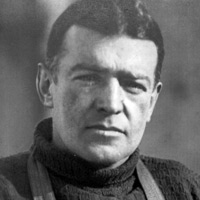 Ernest
H. Shackleton -
Expedition Leader (40)
Ernest
H. Shackleton -
Expedition Leader (40)
"Scott for scientific method, Amundsen for speed and efficiency but when disaster strikes and all hope is gone, get down on your knees and pray for Shackleton."
![]() Third lieutenant in charge of holds, stores, provisions and
deep sea water analysis
Discovery 1901-04
Third lieutenant in charge of holds, stores, provisions and
deep sea water analysis
Discovery 1901-04
![]() Expedition
leader Nimrod
1907-09
Expedition
leader Nimrod
1907-09
![]() Expedition
leader Quest
1920-21
Expedition
leader Quest
1920-21
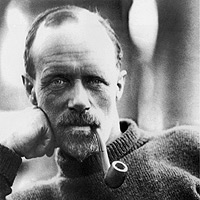 Frank
Wild - Second in Command (41)
Frank
Wild - Second in Command (41)The less known giant of the Heroic Age of Antarctic Exploration. Frank Wild played a significant role in several of the most important expeditions, being on board when the Discovery sailed for McMurdo Sound in 1901 so heralding the start of 20 years of epic exploration and adventure. No one else was so involved and no other explorer spent so long in Antarctica.
![]() Seaman Discovery
1901-04
Seaman Discovery
1901-04
![]() In
charge of provisions
Nimrod 1907-09
In
charge of provisions
Nimrod 1907-09
![]() Sledge-master
Australasian
Antarctic Expedition 1911-13
Sledge-master
Australasian
Antarctic Expedition 1911-13
![]() Second
in command
Quest 1920-21
Second
in command
Quest 1920-21
 Frank
Worsley - Captain (42)
Frank
Worsley - Captain (42)Eccentric and indispensable to the expedition, Worsley's uncanny navigational skills could hit small islands at hundreds of miles range with only occasional readings, the minimum of instruments and in the worst possible conditions.
![]() Hydrography, sailing master
Quest-
Ernest Shackleton 1921 - 1922
Hydrography, sailing master
Quest-
Ernest Shackleton 1921 - 1922
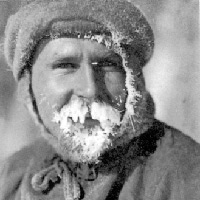 Lionel
Greenstreet - First Officer (25)
Lionel
Greenstreet - First Officer (25)Lionel Greenstreet served in the merchant navy and joined the Endurance just 24 hours before it left Plymouth, England. The original first officer had resigned in order to join the war effort (WW1). A master Mariner and eventually the last surviving member of the expedition.
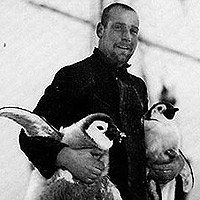 Hubert
T. Hudson - Navigator (28)
Hubert
T. Hudson - Navigator (28)The best penguin catcher, a skill of great value during the time that the crew drifted on the pack-ice of the Weddell Sea and while awaiting rescue on Elephant Island. Hudson suffered particularly badly from ill health in the boats before Elephant Island and also when waiting for rescue. His first name is correctly spelled Huberht the old Anglo-Saxon way, rather than the more common Hubert.
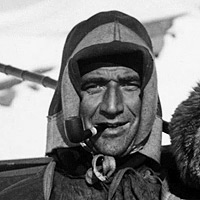 Thomas
Crean - Second Officer (37)
Thomas
Crean - Second Officer (37)An experienced seaman and highly respected Antarctic hand. Rather gruff in the way he dealt with the world, Crean was nonetheless effective and another of the unsung heroes of the Heroic Age of Antarctic exploration. He served Scott (twice) and Shackleton and outlived them both.
![]() Able seaman Discovery
1901-04
Able seaman Discovery
1901-04
![]() Petty
officer Terra
Nova 1910-13
Petty
officer Terra
Nova 1910-13
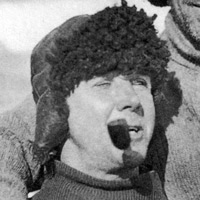 Alfred
B. Cheetham - Third Officer (47)
Alfred
B. Cheetham - Third Officer (47)An old Antarctic hand on his fourth trip south with the Endurance, Cheetham was ever cheerful and ever popular, one of the oldest men on the Endurance.
![]() Morning - relief ship for the Discovery 1902
Morning - relief ship for the Discovery 1902
![]() third
officer and boatswain
Nimrod 1907-09
third
officer and boatswain
Nimrod 1907-09
![]() Boatswain
(Bosun), R.N.R. Terra
Nova 1910 - 13
Boatswain
(Bosun), R.N.R. Terra
Nova 1910 - 13
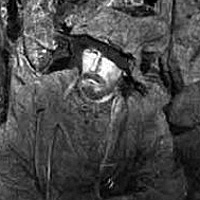 Lewis
Rickinson - First Engineer (31)
Lewis
Rickinson - First Engineer (31)Volunteered for a trip to Antarctica despite a particular aversion to the cold, a good engineer with a good understanding of the still relatively new and little used internal combustion engines. He suffered particularly on the voyage to Elephant Island and had a mild heart attack on landing.
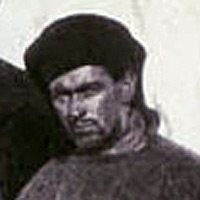 Alexander
J. Kerr - Second Engineer (21)
Alexander
J. Kerr - Second Engineer (21)A quiet capable and dependable man, the youngest member of the Endurance crew until the stowaway Blackborow was discovered.
![]() Chief Engineer
Quest-
Ernest Shackleton 1921 - 1922
Chief Engineer
Quest-
Ernest Shackleton 1921 - 1922
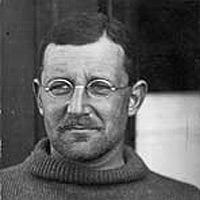 Dr.
Alexander H. Macklin - Surgeon
(25)
Dr.
Alexander H. Macklin - Surgeon
(25)One of two surgeons on the expedition, Macklin also had the job of driving a team of sled dogs and caring for all the expeditions dogs. Usually medics would have little to do professionally on an Antarctic expedition, being there for the unexpected accident or illness that may happen amongst the predominantly young and usually very fit men, as the difficulties of the voyage increased however, he found his skills increasingly called upon.
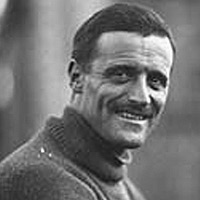 Dr.
James A. McIlroy - Surgeon (35)
Dr.
James A. McIlroy - Surgeon (35)McIlroy was suffering from malaria at the time of his interview that he contracted in the far east, and shook constantly while with Shackleton but was taken on - he had been the only applicant for the position of second doctor, and so was given the job. McIlroy also had the job of driving a team of sled dogs and caring for the expeditions dogs. Like Macklin, McIlroy found his skills increasingly called upon.
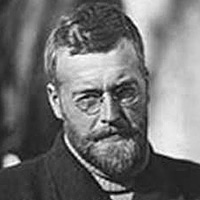 James
M. Wordie - Geologist (25)
James
M. Wordie - Geologist (25)Glaswegian, Jock Wordie was an amiable and popular member of the expedition. He was a geologist and head of the scientific staff. Such was his commitment to the expedition, that he gave Shackleton some of his own money to help buy fuel for the Endurance. Much loved as he was willing to trade his tobacco ration for rock specimens with men who had long since smoked theirs when stranded on Elephant Island.
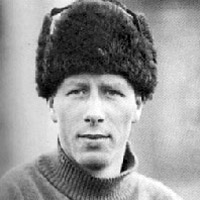 Leonard
D. A. Hussey - Meteorologist (23)
Leonard
D. A. Hussey - Meteorologist (23)The smallest man on the expedition, Hussey's interview with Shackleton ended with "Yes, I like you, I'll take you." Shackleton told him afterwards he took him because he thought he looked funny! Hussey's ready wit and banjo playing helped raise morale. When the men were only permitted 2 pounds of personal effects after the Endurance sank, Shackleton took Hussey's banjo along even though it was way over the allowance.
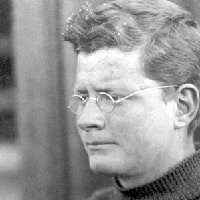 Reginald
W. James - Physicist (23)
Reginald
W. James - Physicist (23)"Gentle Jimmy" had: "some wonderful electrical machines which none of us understood...and a joke of ours that annoyed him very much was that he did not either." He joined the expedition almost by accident after hearing about it from someone he didn't know very well.
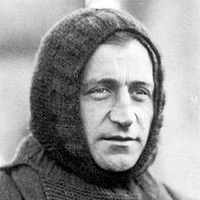 Robert
S. Clark - Biologist (32)
Robert
S. Clark - Biologist (32)An almost archetypal "dour Scot", Clark nonetheless gained respect from the crew due to his willingness to turn out for any work that needed to be done and always pull at least his own weight. All of his carefully collected specimens were lost with the Endurance.
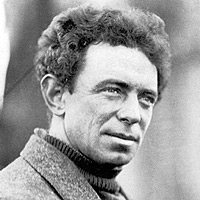 James
Francis (Frank) Hurley - Official Photographer
(29)
James
Francis (Frank) Hurley - Official Photographer
(29)An Australian and the only member of the expedition that Shackleton didn't meet or interview before the expedition set off, Hurley was accepted on the the strength of his work with Mawson on the 1911-13 Australasian Antarctic Expedition.
![]() Photographer
Australasian Antarctic Expedition 1911-13
Photographer
Australasian Antarctic Expedition 1911-13
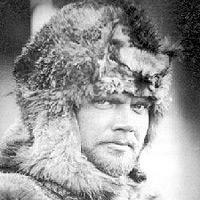 George
E. Marston - Official Artist (32)
George
E. Marston - Official Artist (32)Marston made sketches of life on the pack-ice and also Elephant Island, once again contributing to Shackleton's official account of the expedition. Marston made a not inconsiderable sacrifice on Elephant Island in giving up his oil paints to be used to help caulk the James Caird for the journey to South Georgia.
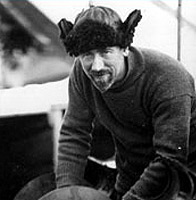 Thomas
Orde-Lees - Motor Expert and Storekeeper
(37)
Thomas
Orde-Lees - Motor Expert and Storekeeper
(37)A complex and eccentric character, Orde-Lees was a skier (at a time when this was very unusual) and a physical fitness expert. He was generally disliked by the other expeditioners, though was an effective and thorough store-keeper. His diary is one of the more perceptive of those kept by the Endurance crew and much called upon by many accounts written about the expedition by others.
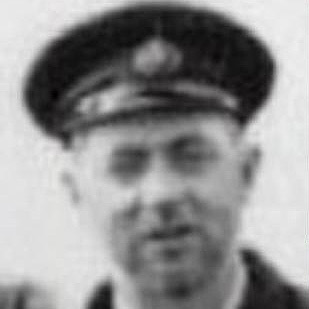 Henry
McNish - Carpenter (40)
Henry
McNish - Carpenter (40)One of the oldest members of the expedition. A Scot whom Shackleton wrote was "the only man I'm not dead certain of". A somewhat curmudgeonly figure actually more than a carpenter, being a shipwright. He fell out with Shackleton after he ordered McNish's pet cat "Mrs. Chippy" to be shot and later clashed directly with Shackleton when he questioned his authority and right to still give orders after the loss of the ship.
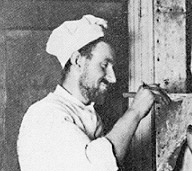 Charles
J. Green - Cook (26)
Charles
J. Green - Cook (26)A life-long ships cook, Green worked the longest days of any on the expedition on a regular basis, from early morning till evening, preparing meals for 28 hungry men. He gave over 1,000 lectures about the expedition throughout a long life on his return to England.
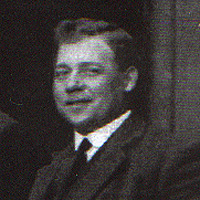 Walter
Ernest How - Able Seaman (29)
Walter
Ernest How - Able Seaman (29)An artist as well as an Able Seaman which no doubt swayed his appointment by Shackleton. How had worked in the sub-Arctic with the Canadian Auxiliary Survey Ship. Along with Bakewell, he was responsible for smuggling stowaway Perce Blackborow aboard and hiding him on the Endurance.
 William
Bakewell - Able Seaman (26)
William
Bakewell - Able Seaman (26)American William Bakewell joined the Endurance at Buenos Aires, he posed as a Canadian thinking that the British ship would be more inclined to take on a subject of the British Empire. He helped his friend Perce Blackborow to also join the ship unofficially as a stowaway. Well liked and regarded by Shackleton as "... a cut above the rest of the seamen".
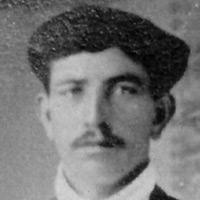 Timothy
McCarthy - Able Seaman (26)
Timothy
McCarthy - Able Seaman (26)A strong young Irishman who had a reputation for being ever optimistic and good natured. McCarthy is one of the six men who made the journey from Elephant Island to South Georgia on board the James Caird, though he did not cross South Georgia, but stayed with two other ill men. He died in WW1 just 3 weeks after returning from Antarctica.
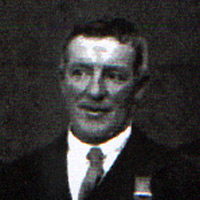 Thomas
McLeod - Able Seaman (45)
Thomas
McLeod - Able Seaman (45)A sailor for 27 years when the expedition began, Thomas McLeod had been at sea since he was 14 years old and had already been to the Antarctic with Scott aboard the Terra Nova. He was one of the few able seamen to hold two Polar Medals.
![]() Able Seaman Terra
Nova 1910 - 13
Able Seaman Terra
Nova 1910 - 13
![]() Able Seaman
Quest
1921 - 1922
Able Seaman
Quest
1921 - 1922
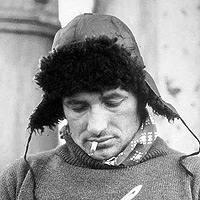 John
Vincent - Able Seaman (30)
John
Vincent - Able Seaman (30)A sailor in the Royal Navy and was a former trawlerhand on fishing boats on the North Sea. Physically the strongest man aboard but he suffered on the journey of the James Caird to South Georgia. He lost his upper lip when it became frozen the edge of a metal cup and his health deteriorated below that of the other men for reasons that didn't seem quite clear. By the time he reached South Georgia, he was in a very bad state.
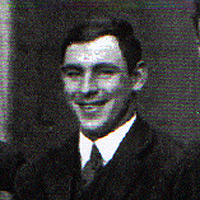 Ernest
Holness - Fireman/stoker (22)
Ernest
Holness - Fireman/stoker (22)Considered by Orde-Lees in his diary to be "the most loyal to the expedition" though he was one of only four of the crew not to be awarded the Polar Medal by Shackleton. Best known for being the unfortunate individual who was sleeping in his bag right over the crack when the ice floe the men had been camping on split in two. He was dropped into the icy sea and were it not for Shackleton who just happened to have been pacing about pondering what to do about the mounting predicament, would have been crushed when the two halves of the floe came back together again.
 William
Stephenson - Fireman/stoker (25)
William
Stephenson - Fireman/stoker (25)Senior stoker on board the Endurance (fireman in the days of steam engines meant someone who kept fires going rather than someone who put them out), his task was to to tend the engine boiler and ensure there was enough steam to power the engines. When the Endurance was crushed therefore, his job as well as that of his mate Holness, came to an end.
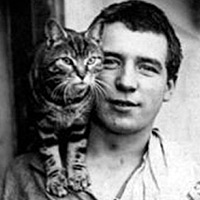 Percy
Blackborow - Stowaway (later steward)
(19)
Percy
Blackborow - Stowaway (later steward)
(19)Probably the only stowaway ever on an Antarctic expedition. He applied for a job on the Endurance in Buenos Aires but was turned down, when his friend William Bakewell was accepted, he smuggled Perce aboard with him. He was taken on as steward by Shackleton when discovered and proved himself to be a good seaman. Given the distinction by Shackleton of being the first man ever to land on Elephant Island, he had to crawl rather than walk due to gangrene in his foot - all the toes of his left foot were amputated successfully in very primitive conditions.
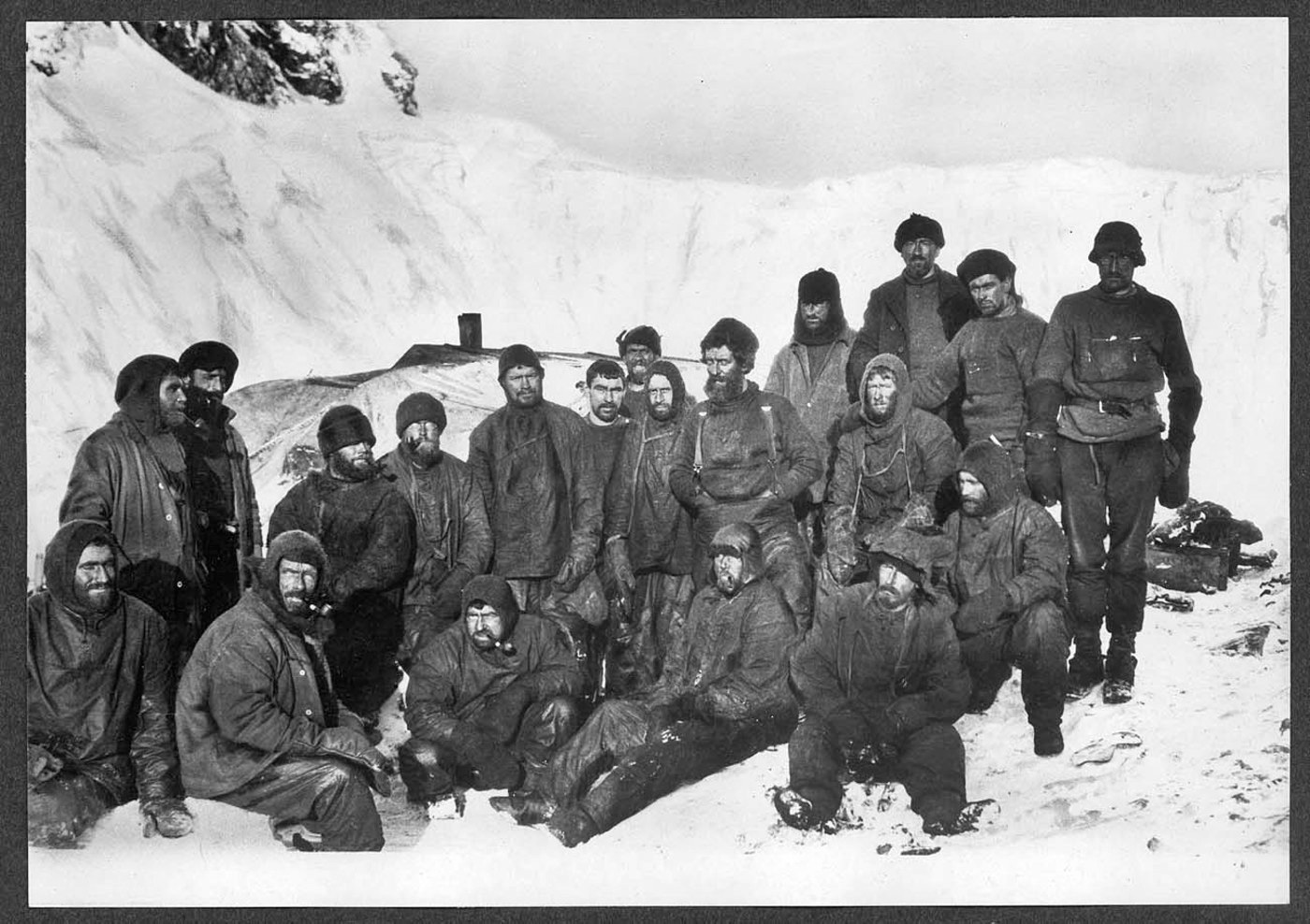
The men left behind on
Elephant Island
With many thanks to John Mann.
Relics from the Endurance - There is a spar of the Endurance at the entrance to the library of the Scott Polar Research Institute in Cambridge with a plaque that reads:
"The Endurance spar, the only surviving relic of Sir Ernest Shackleton's ship Endurance. This spar was used as a distress signal flagpole by the party left on Elephant Island by Sir Ernest when he sailed to South Georgia for help. In 1916 the spar was brought back from Elephant Island by Mr (later Sir) James Wordie, subsequently master of St Johns College, Cambridge. In 1998 it was presented to the Institute by Mr William Byrne"
Landmarks named after The Endurance or related to the expedition, other than crew members.
Feature Name: Endurance
Cliffs
Feature Type: cliff
Latitude:
82,47S
Longitude: 15,505E
Description: A line of steep east-facing
cliffs between Mount Summerson and Mount Albright in the S part
of the Geologists Range. Mapped by the northern party of the
NZGSAE (1961-62).
Variant Name(s) Endurance Nunatak
Feature Name: Endurance
Ridge
Feature Type: ridge
Latitude:
62,30S
Longitude: 04,000W
Description: An undersea ridge. Name approved
6/87 (ACUF 225).
Feature Name: Caird Coast
Feature Type: beach
Latitude:
76,00S
Longitude: 024,00W
Description: That portion of the coast of Coats
Land lying between the terminus of Stancomb-Wills Glacier, in
2000W, and the vicinity of the Hayes Glacier, in 2754W. Sir
Ernest Shackleton sailed along the coast in the Endurance
during January 1915, naming it for Sir James Caird, patron of
the expedition.
Feature Name: Stancomb
Cove
Feature Type: bay
Latitude:
62,56S
Longitude: 06,041W
Description: A cove NE of Laguna Hill in the
NW part of Port Foster, Deception Island, in the South Shetland
Islands. The feature was formed as the result of volcanic eruptions
on the island between December 1967 and August 1970. Surveyed
from HMS Endurance in January 1988 and named after the
survey boat Stancomb-Wills used in the survey.
Feature Name: Stancomb-Wills
Glacier
Feature Type: glacier
Latitude: 75,18S
Longitude:
019,00W
Description: A large glacier
that debouches into eastern Weddell Sea southward of Lyddan
Island where it forms the extensive Stancomb-Wills Glacier Tongue.
The glacier was discovered in the course of the U.S. Navy LC-130
plane flight over the coast, Nov. 5, 1967, and was plotted by
USGS from photographs obtained at that time. The name was applied
by US-ACAN in 1969, in association with the "Stancomb-Wills
Promontory" (now Stancomb-Wills Glacier Tongue), the seaward
edge of which was discovered and named by Shackleton in January
1915.
Feature Name: Stancomb-Wills
Glacier Tongue
Feature Type: glacier
Latitude: 75,00S
Longitude:
022,00W
Description: A very extensive
glacier tongue, the seaward projection of the Stancomb-Wills
Glacier into eastern Weddell Sea. The cliffed front of this
feature was discovered in January 1915 by a British expedition
led by Shackleton. He named it "Stancomb-Wills Promontory,"
after Dame Janet Stancomb-Wills, one of the principal donors
of the expedition. In 1969, US-ACAN amended the name to Stancomb-Wills
Glacier Tongue. This followed the U.S. Navy LC-130 aircraft
flight over the area, Nov. 5, 1967, on which the glacier was
discovered and the relationship with the glacier tongue was
first observed.
Variant Name(s) - Stancomb-Wills Ice Tongue,
Stancomb-Wills Promontory
Biographical information
- I am concentrating on the Polar experiences of the men involved.
Any further information or pictures visitors may have will be gratefully received.
Please email
- Paul Ward, webmaster.
What are the chances that my ancestor was an unsung part of the Heroic Age
of Antarctic Exploration?
Ernest Shackleton Books and Video

South - Ernest Shackleton and the Endurance Expedition (1919)
original footage - Video

Shackleton
dramatization
Kenneth Branagh (2002) - Video

Shackleton's Antarctic Adventure (2001)
IMAX dramatization - Video

The Endurance - Shackleton's Legendary Expedition (2000)
PBS NOVA, dramatization with original footage - Video
Endurance : Shackleton's Incredible Voyage
Alfred Lansing (Preface) - Book

South with Endurance: Frank Hurley - official photographer
Book
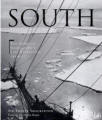
South! Ernest Shackleton Shackleton's own words
Book

Shackleton's Way: Leadership Lessons from the Great Antarctic Explorer
Book








